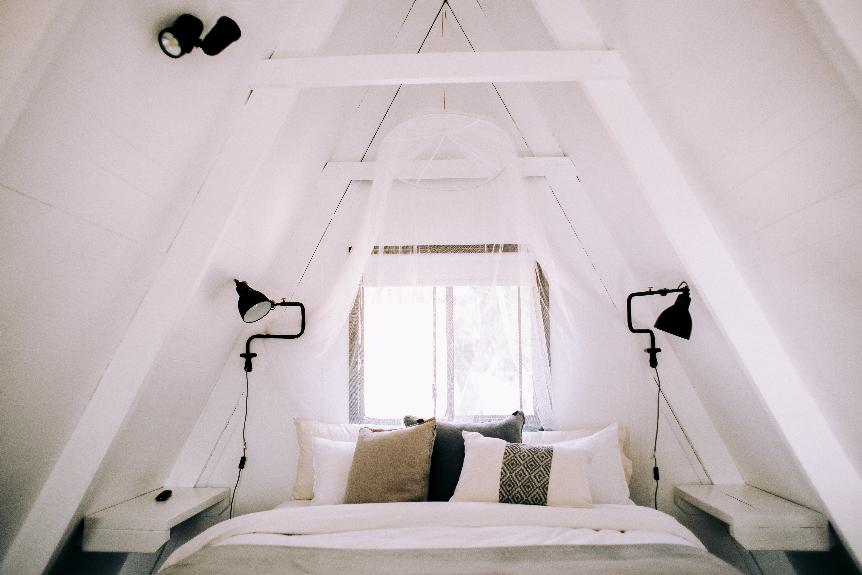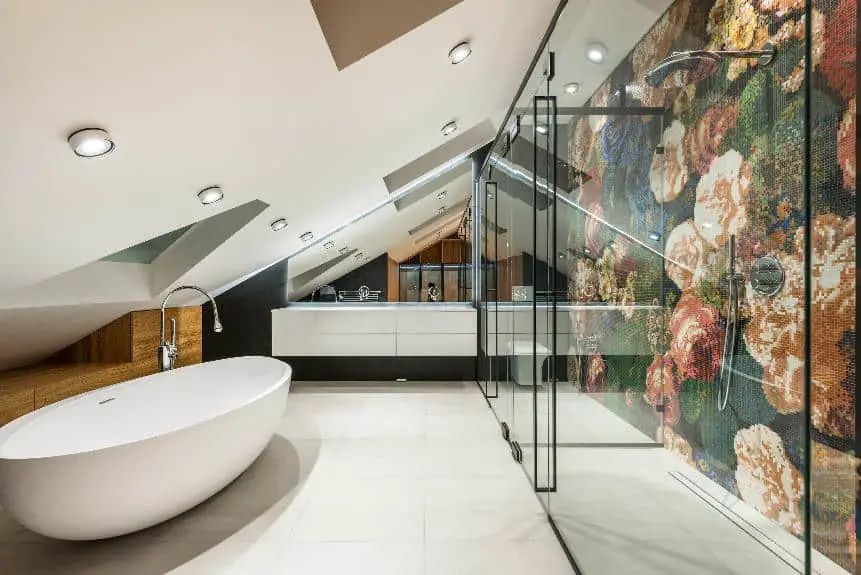An attic can be considered a bedroom if it meets certain legal and construction standards. These standards usually include a minimum size, sufficient ceiling height, emergency exits, and appropriate heating and cooling. Windows for light and air are also necessary.
Real estate experts and appraisers review these requirements to determine if an attic can be officially listed as a bedroom, which can affect a home's value and marketability.
Defining a Legal Bedroom
A legal bedroom must meet certain municipal codes for size, exit options, and climate control. An attic bedroom must be at least 70 square feet, with no dimension under 7 feet, to be considered livable. Part of the ceiling should be at least 7 feet high to accommodate movement and furniture.
For safety, the bedroom must have a window that can serve as an emergency exit and allow rescue personnel to enter if needed.
The room must have a heating system to maintain a comfortable temperature throughout the year. Attics often face more temperature fluctuations, making this even more important.
To be classified as a bedroom, an attic space must adhere to local building codes that prioritize resident safety and comfort.
Attic Space Requirements
Attic space must meet specific requirements to qualify as a bedroom. It must be at least 70 square feet with half of the ceiling height at a minimum of 7 feet to ensure adequate space and safety.
The attic should also have a horizontal span of 7 feet in all directions for functionality. For emergency egress, the attic needs at least two exits, commonly a door and a window of sufficient size.
These standards are mandatory for attic bedroom conversions and affect the space's legal status as a bedroom, impacting resale value and occupancy legality.
Importance of Egress Points
Egress points are essential for attic bedrooms to meet safety and legal standards. A bedroom must have at least one window that is large enough to act as an emergency exit, with a minimum opening space of 5.7 square feet, to be compliant with emergency exit codes. This window must allow for quick evacuation in emergencies such as fires.
The window sill of the egress window must be no more than 44 inches above the floor to ensure accessibility in urgent situations. It's necessary that the window can be opened without keys or tools for immediate escape.
Natural light is another consideration for egress windows. They must be large enough to provide sufficient light and ventilation, as required by building codes for livable spaces, while also enhancing the room's comfort and value.
Heating and Cooling Considerations
Effective heating and cooling are essential for an attic to be a safe and comfortable bedroom. This involves ensuring that the attic meets necessary standards of habitability. While a window may provide some cooling, it often does not maintain a consistent temperature throughout the year.
For adequate heating, especially during winter, a reliable system is necessary. Attics often need additional heating solutions due to their position at the top of a house, where heat loss is more likely. A mini-split system can be an efficient option, providing both heating and cooling without the need to expand existing ductwork.
Proper insulation, such as spray foam, is also crucial in regulating attic temperatures. It helps keep the environment stable by minimizing heat transfer. With good insulation and an effective heating and cooling system, an attic can maintain comfort in line with the rest of the house.
Ceiling Height Standards
The minimum required ceiling height for a bedroom is 7 feet over at least 50% of the room's floor area. This is particularly important in attic conversions due to the sloping roofline. Prior to converting an attic, it's necessary to check if the structure meets this height requirement.
For attic spaces, sloped ceilings may reduce the area that meets the height standard. To legally classify an attic as a bedroom, modifications like adding dormers may be required to increase ceiling height and comply with building codes. Complying with these standards is crucial for safety and for the space to be recognized as a bedroom.
Conforming to ceiling height regulations can enhance a home's value by officially adding an extra bedroom. Homebuyers often consider these legal requirements when evaluating a property. Homeowners must adhere to these regulations to ensure their attic conversion is both lawful and functional as a bedroom.
Adding Natural Light
To convert an attic into a bedroom, it is necessary to include sufficient windows or skylights to meet natural lighting standards and building codes. Proper natural lighting improves the room's atmosphere and can increase home value, which is advantageous for resale as emphasized by real estate professionals.
For home renovations that change an attic into a bedroom, it is important to install windows or doors that allow for emergency exits, in compliance with safety codes. These openings also bring in natural light, serving both safety and design purposes.
Skylights are a popular option for attic renovations due to their ability to integrate into the roof and enhance the perception of space in a typically small area. They can be placed to maximize light entry, making the attic a more attractive and functional bedroom.
Including the right amount of natural light through windows and skylights is essential in converting an attic into a bedroom that is well-lit, spacious-feeling, and adheres to building regulations.
Real Estate Implications
The presence of a bedroom in the attic can influence a property's listing and value. The number of bedrooms is important when calculating a home's worth. If an attic lacks features like a closet or adequate heating and cooling, it may not be considered a bedroom.
Transforming an attic into a usable space can increase a home's value, offering extra living space that potential buyers might find appealing. However, this does not guarantee a full return on investment; homeowners often recover only 50-60% of renovation costs upon resale.
Real estate agents must inform buyers if an attic bedroom does not meet legal requirements, such as having two exits or meeting size and height standards. This information can affect a buyer's interest or the property's marketability.
Compliance with building codes is essential for an attic space to be officially recognized as a bedroom in the real estate market.
Value-Adding Potential
Transforming an attic into a bedroom can increase a home's value if done according to legal and design requirements. A legally compliant room must be at least 70 square feet with a ceiling height that meets local building codes. Additionally, the conversion must include proper emergency exits.
Homeowners should ensure the attic has adequate emergency escape options, such as a window or skylight, to comply with safety standards and provide natural light and ventilation. Smart design choices, like built-in storage in knee walls or distinctive ceiling treatments, can maximize space and improve the room's appeal.
For year-round comfort, proper insulation and climate control measures, like ceiling fans or HVAC system integration, are necessary. These enhancements can lead to a higher market value and a good return on investment from the attic conversion.





